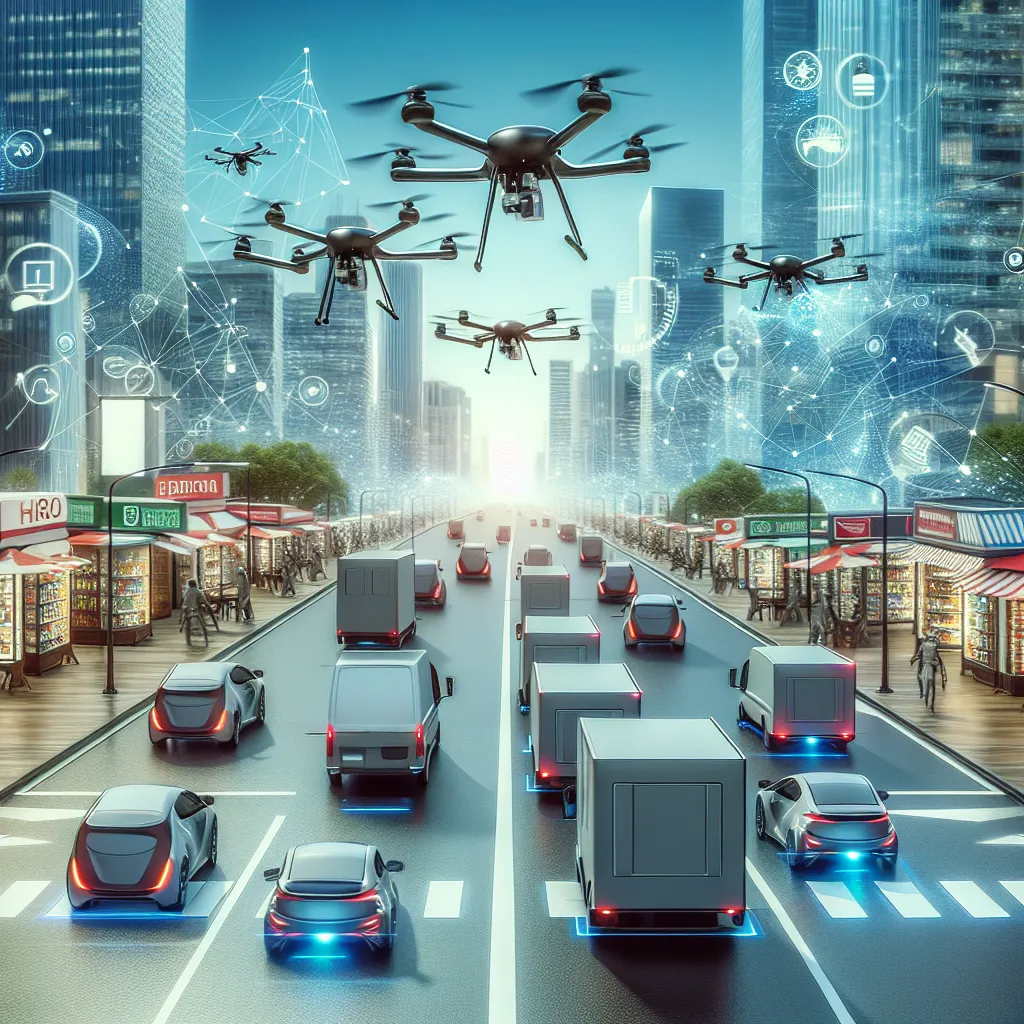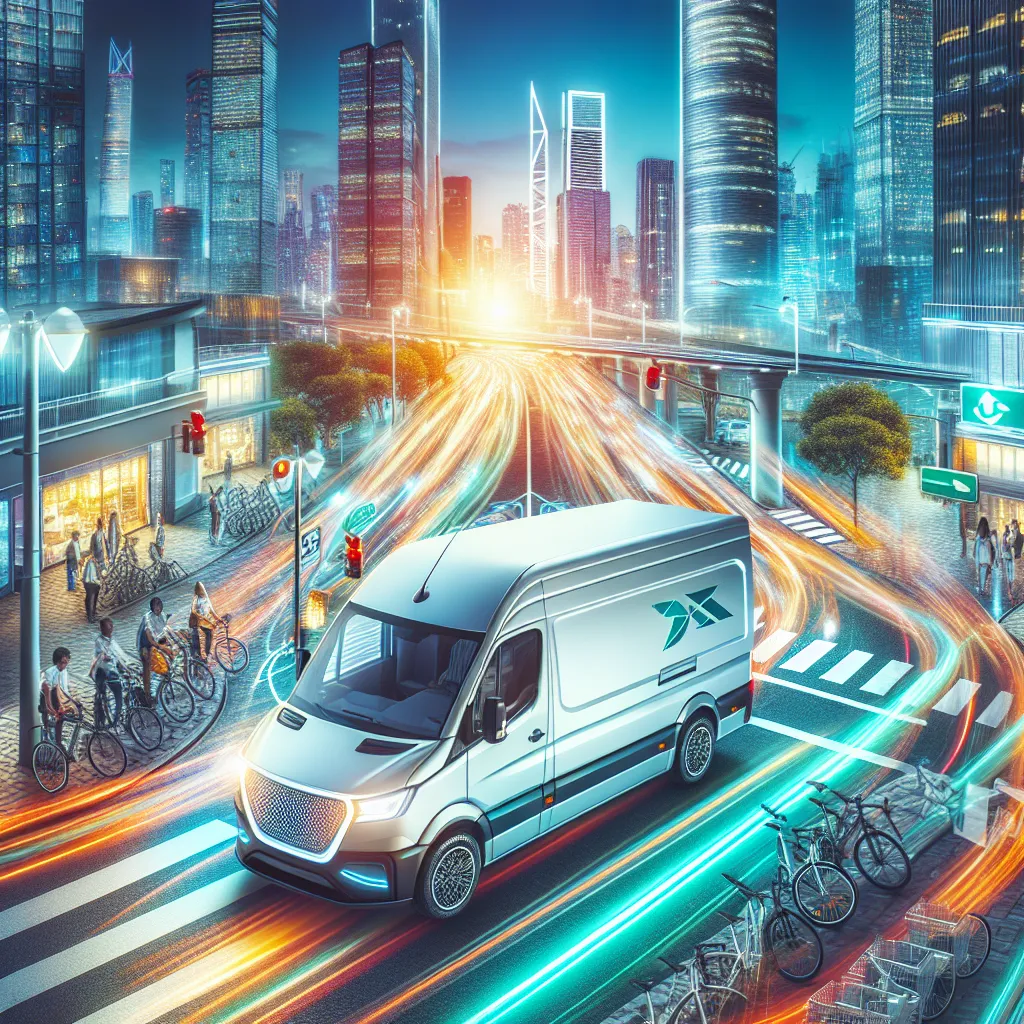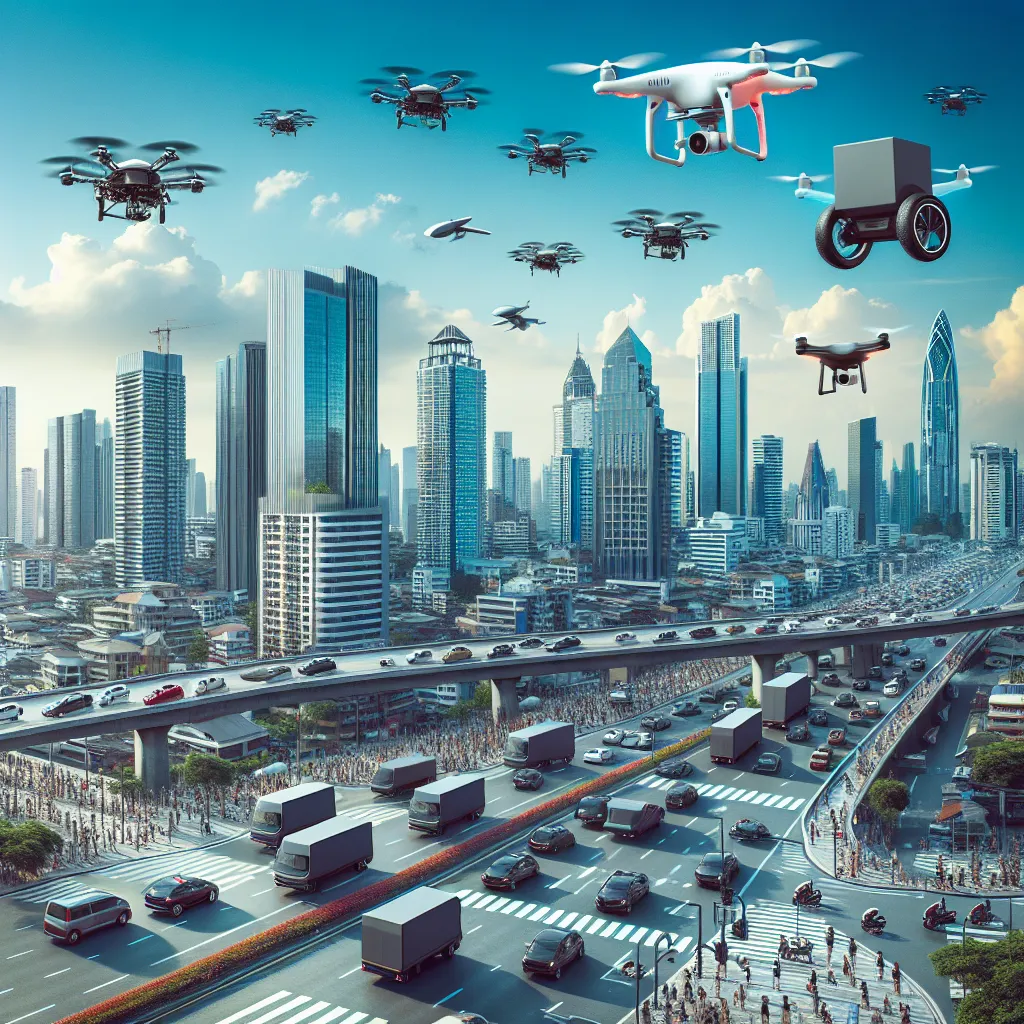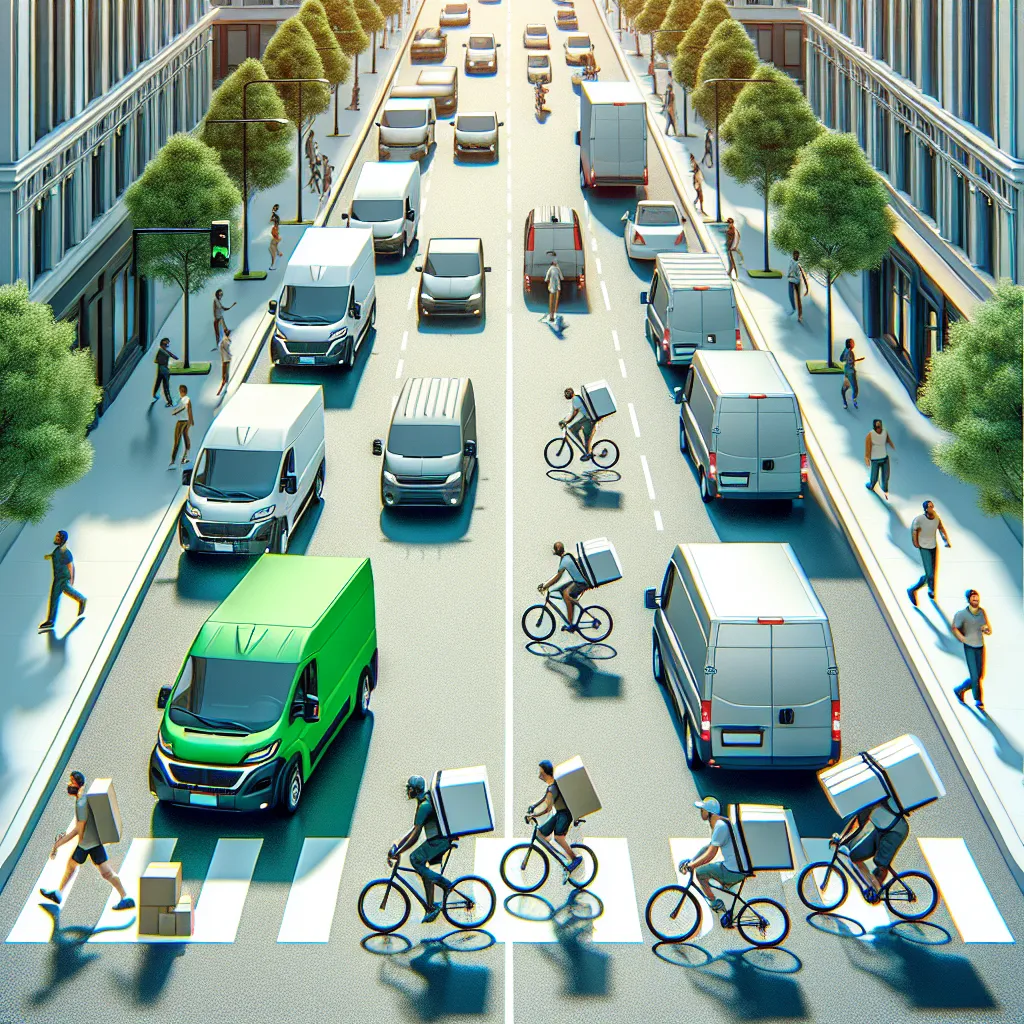In the pursuit of sustainable last-mile delivery logistics, the implementation of electric vehicle (EV) fleets has emerged as a promising solution to reduce carbon emissions and environmental impact. The rise of e-commerce has led to a surge in last-mile deliveries, amplifying air pollution and greenhouse gas emissions from traditional delivery vehicles. Electric vehicles offer numerous advantages, including zero tailpipe emissions, reduced carbon footprint, and advancements in technology addressing range anxiety and charging infrastructure. However, careful consideration of infrastructure and operational factors is necessary, with the need for strategically located charging stations and efficient route optimization. Additionally, optimizing route planning and vehicle load is crucial to minimize emissions, for which advanced algorithms and data analytics play a vital role. Embracing EV fleets and optimizing route planning and vehicle load not only reduce environmental impact but also advance the future of sustainable last-mile delivery logistics.
Category: Mile Delivery
Mile delivery is a category that focuses on the transportation and delivery of goods within a short distance, typically spanning a few miles. This service is often utilized for local deliveries, such as groceries, takeout food, or small packages. Mile delivery is ideal for ensuring quick and efficient transportation of goods, especially in urban areas with high population density, where traditional shipping methods may be less practical or cost-effective. This category has seen significant growth with the rise of e-commerce and the demand for convenient and timely delivery options.
Overall, mile delivery plays a crucial role in the last-mile logistics, providing businesses and consumers with a streamlined solution for rapid and localized transportation of goods. By leveraging technology and optimizing routes, mile delivery services are able to fulfill orders with speed and precision, contributing to enhanced customer satisfaction and operational efficiency. The emergence of innovative delivery methods, such as electric bikes and drones, further demonstrates the potential for mile delivery to evolve and meet the evolving demands of modern commerce.

Sustainable Practices in Last-Mile Delivery
The article “Eco-Friendly Solutions for Last-Mile Delivery” discusses the increasing importance of sustainable practices in last-mile delivery in light of the growing environmental concerns related to e-commerce. It highlights the implementation of eco-friendly solutions such as electric vehicles, bicycles, and drones as key strategies for minimizing the carbon footprint of delivery operations. The article emphasizes how electric vehicles, drones, and optimized packaging materials can significantly contribute to a greener and more sustainable delivery ecosystem. Similarly, “Innovative Approaches to Sustainable Last-Mile Logistics” delves into the rising significance of sustainable last-mile logistics in the booming e-commerce industry, focusing on electric vehicles, route optimization, micro-fulfillment centers, and crowd-shipping as innovative strategies to reduce environmental impact. Both articles underscore the importance of embracing these eco-friendly solutions and innovative approaches for a more sustainable and environmentally conscious last-mile delivery system, making them essential reads for anyone interested in the intersection of environmental sustainability and logistics.

Impact of E-commerce on Last-Mile Delivery Services
The rise of e-commerce has revolutionized the last-mile delivery landscape, presenting both opportunities and challenges for logistics companies. The surge in online shopping, amplified by the COVID-19 pandemic, has heightened the demand for efficient and reliable delivery services. Meeting customer expectations for fast, flexible, and environmentally sustainable delivery has become a pressing challenge, especially in urban areas where population density and traffic congestion pose additional hurdles. To address these challenges, logistics companies are exploring innovative solutions such as route optimization software, autonomous delivery vehicles, and alternative delivery methods like drones and lockers. These advancements have the potential to streamline operations, reduce costs, and minimize the environmental footprint of e-commerce logistics. The exponential growth of e-commerce has undoubtedly transformed the last-mile delivery landscape, and with the right strategies and technological investments, logistics companies can meet the evolving demands of e-commerce while playing a pivotal role in the modern supply chain.

Technological Advancements Reshaping Last-Mile Delivery Industry
The article explores how emerging technologies such as drone delivery, autonomous vehicles, and artificial intelligence are reshaping the last-mile delivery industry. It highlights the impact of drone delivery on last-mile logistics, emphasizing its ability to bypass traffic congestion, access remote areas, and bring cost savings for delivery companies. The integration of autonomous vehicles is also examined, focusing on their potential to streamline delivery operations, reduce environmental impact, and revolutionize the last-mile delivery landscape. Furthermore, the role of artificial intelligence in optimizing last-mile delivery operations is discussed, emphasizing its ability to enhance efficiency and customer satisfaction. The article draws attention to the challenges and opportunities presented by these technologies, ultimately positioning them as transformative forces in the delivery industry, shaping a new era of faster, more efficient, and potentially more sustainable delivery operations.

Last-Mile Delivery: Balancing Speed and Environmental Responsibility
The article delves into the crucial role of sustainable last-mile delivery in urban environments, emphasizing the need to balance speed and environmental responsibility. It highlights the challenges of increasing traffic congestion, air pollution, and carbon emissions in cities, and emphasizes the importance of integrating sustainable practices, such as electric vehicles and optimized route planning, to minimize the environmental impact. The article also discusses the growing recognition among companies of the need to align with environmentally conscious consumer demands and corporate social responsibility goals. Furthermore, it explores strategies for optimizing last-mile delivery efficiency, including route optimization, adoption of alternative transportation modes, and the strategic placement of urban distribution centers. Overall, the article makes a compelling case for the vital role of sustainable last-mile delivery in creating greener and more livable cities and encourages readers to explore the comprehensive insights presented.

The Future of Last-Mile Delivery: Innovations and Challenges
The article highlights the emergence of drone delivery and autonomous vehicles as the next frontiers in last-mile logistics, transforming the transportation and distribution of goods. It emphasizes the advantages of drone delivery in bypassing traffic congestion, reaching remote locations, and reducing carbon emissions, while also acknowledging challenges such as regulatory hurdles and airspace management. Similarly, the potential of autonomous vehicles in reducing operational costs, enhancing delivery speed, and improving reliability is discussed, along with obstacles like safety concerns and initial investment requirements. The article presents a compelling case for the integration of these technologies into last-mile delivery services, offering unprecedented speed, efficiency, and sustainability, enticing readers to explore the full details and implications within the article.

